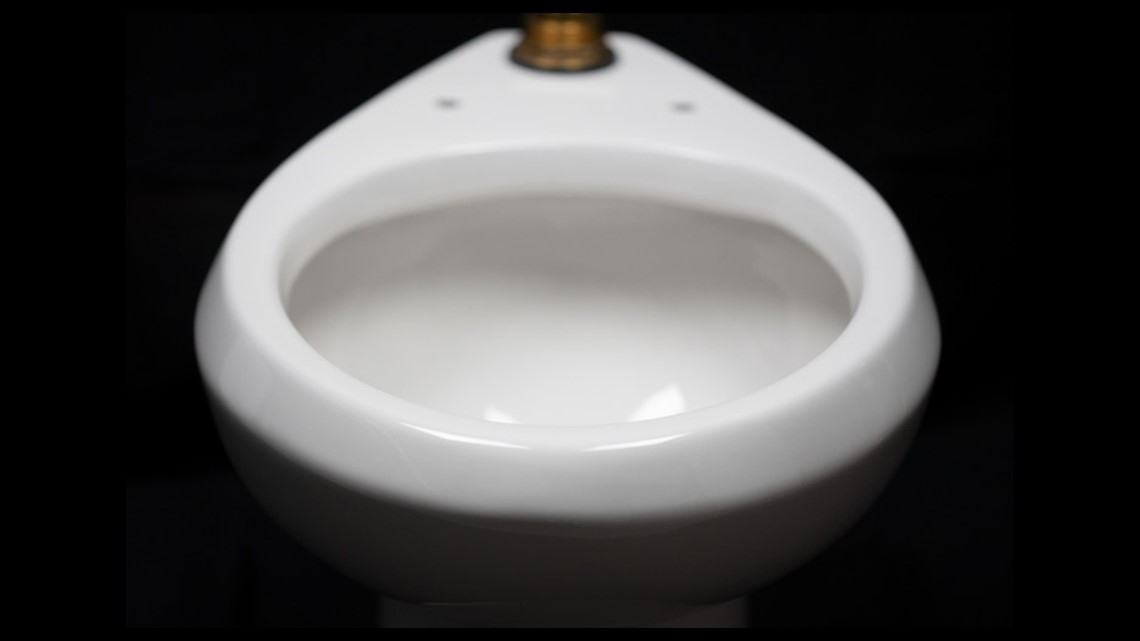When you visit a restroom, you don't always think about the amount of water you use with each flush.
But according to researchers at Penn State's Wong Laboratory for Nature Inspired Engineering, over 37 billion gallons of water are used just for toilet flushing everyday.
Penn State engineering professor Tak-Sing Wong and co-developer Jing Wang are hoping to change that by developing a liquid-entrenched smooth surface (LESS) coating that is a two-step spray applied to the toilet bowl.
The first spray creates a smooth surface, while the second spray acts as a lubricant and creates a slippery surface.
The coating makes the toilet bowl self-cleaning by rejecting liquids, sludge and bacteria.
“When we put that coating on a toilet in the lab and dump synthetic fecal matter on it, [the synthetic fecal matter] just completely slides down and nothing sticks to [the toilet],” Wang said in a press release.


The slick surface created by the new coating means toilets would require a much smaller amount of water than currently used. Additionally, the coating lasts for about 500 flushes. Researchers estimate it could save upwards of 50% of toilet water.
Wong and Wang hope that the technology can be used as a humanitarian solution in areas where water is limited.
“Poop sticking to the toilet is not only unpleasant to users, but it also presents serious health concerns,” Wong said in the statement.
The researchers are hoping to market the LESS product and find other functions for the spray to reduce water usage.
“As a researcher in an academic setting, my goal is to invent things that everyone can benefit from,” Wong said in the statement.

